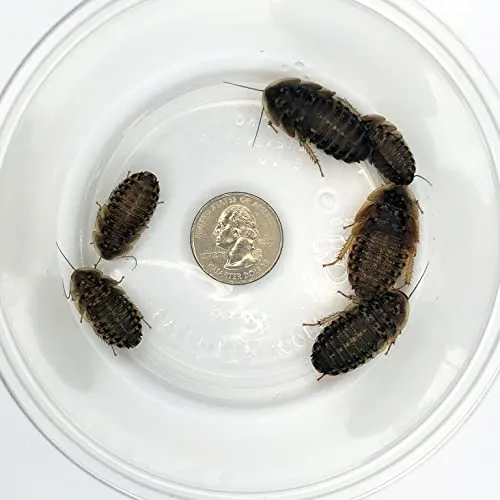Choosing the Right Enclosure
Selecting the perfect enclosure is the first step in providing optimal care for your curly hair tarantula. The right habitat replicates the tarantula’s natural environment, ensuring its health and well-being. Consider the size, ventilation, and material of the enclosure. A secure enclosure is crucial to prevent escapes, which can be stressful for both the tarantula and the owner. Proper enclosure setup is the foundation of successful tarantula keeping. The enclosure should be large enough for the tarantula to move around comfortably and exhibit natural behaviors. It’s far better to start with a slightly larger enclosure than one that will quickly become too small as the tarantula grows.
Enclosure Size & Ventilation
The size of the enclosure should be proportional to the size of your curly hair tarantula. As a general rule, the enclosure should be at least twice the tarantula’s leg span in width and length. Ventilation is equally important; ensure the enclosure has adequate airflow to prevent the buildup of mold and maintain air quality. Cross-ventilation is ideal, where air can enter from one side and exit from another. Avoid enclosures with stagnant air, as this can lead to respiratory issues for your tarantula. Consider the mature size of your tarantula when choosing an enclosure to avoid frequent upgrades as it grows.
Substrate Selection
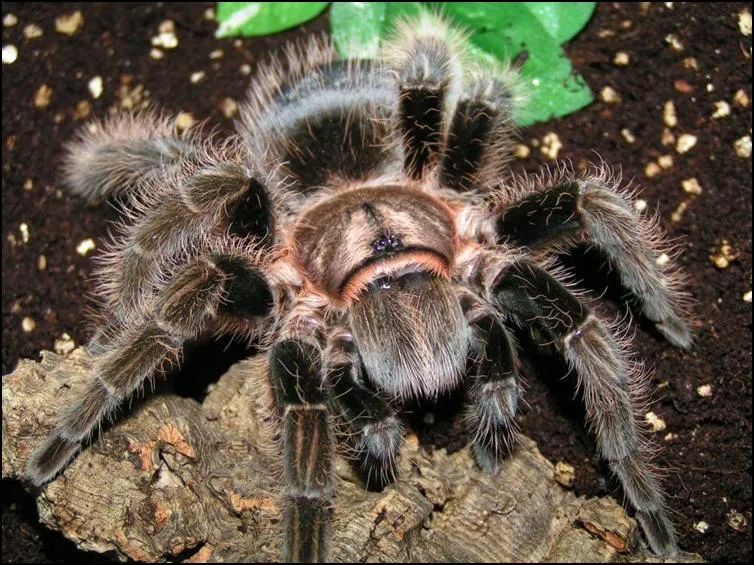
The substrate is the bedding material that lines the bottom of your tarantula’s enclosure. It serves multiple purposes, including providing a comfortable surface for the tarantula to walk on, helping to regulate humidity, and allowing the tarantula to burrow. Coconut fiber is a popular choice due to its excellent moisture-retaining properties and natural look. Other suitable options include peat moss and a mix of vermiculite and potting soil. Avoid substrates that are toxic or can cause harm to the tarantula. The substrate should be deep enough for the tarantula to burrow, typically 2-4 inches, depending on the size of the tarantula.
Creating a Proper Habitat
Creating a proper habitat involves more than just choosing the right enclosure and substrate. Provide your curly hair tarantula with hiding places such as cork bark, artificial plants, or hollow logs. These elements offer security and allow the tarantula to feel safe in its environment. Place the hide near the substrate to provide a place to burrow or web. Decorate the enclosure in a way that mimics the tarantula’s natural habitat. The inclusion of water dishes and decorations, while important, should not overcrowd the space. Ensure that all decorations are nontoxic and secure to prevent them from falling and harming the tarantula.
Maintaining Temperature and Humidity
Curly hair tarantulas thrive in a specific range of temperature and humidity. The ideal temperature range is between 75-85°F (24-29°C). Use a thermometer to monitor the temperature inside the enclosure. To maintain humidity, mist the enclosure with dechlorinated water once or twice a week, or as needed, depending on the humidity levels in your area and the substrate used. A hygrometer can help you monitor the humidity levels. The substrate should be slightly moist but not soaking wet, as excessive moisture can lead to mold growth and health problems. Adequate ventilation is also crucial to help regulate humidity.
Feeding Your Curly Hair Tarantula
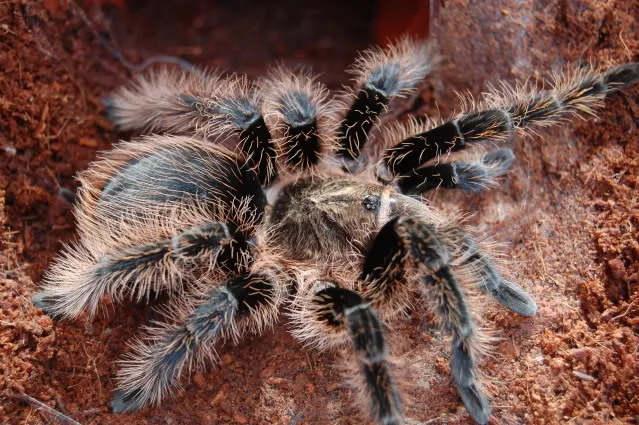
Feeding your curly hair tarantula correctly is essential for its health and growth. Provide a varied diet of appropriate prey items that are readily available. Offer the prey regularly, and remove any uneaten food within 24 hours to prevent mold and mites. Adjust the feeding frequency based on the tarantula’s age and size. Overfeeding can lead to obesity, and underfeeding can cause malnutrition. Proper nutrition will ensure your tarantula remains healthy and active. Pay close attention to the tarantula’s feeding habits. A tarantula that refuses food might be getting ready to molt or be experiencing environmental stress.
Appropriate Prey
The primary food source for a curly hair tarantula should be insects. Crickets, mealworms, and dubia roaches are excellent choices. Ensure the prey items are gut-loaded with nutritious food before feeding them to your tarantula. This process increases the nutritional value of the prey. The size of the prey should be appropriate for the size of your tarantula; a general guideline is that the prey should be no larger than the tarantula’s body. Avoid feeding wild-caught insects, as they may contain pesticides or parasites. The type of insect should vary to provide a balanced diet. Ensure you provide adequate water for the insects you are using as feeders.
Feeding Frequency
The feeding frequency depends on the tarantula’s age and stage of life. Spiderlings should be fed more often, typically every other day. Juvenile tarantulas can be fed once or twice a week, while adult tarantulas may only need to be fed once every one to two weeks. Observe your tarantula’s body condition and adjust the feeding schedule accordingly. A plump abdomen indicates a well-fed tarantula. If the tarantula’s abdomen is too large, reduce the frequency of feeding. If the abdomen appears sunken, increase feeding frequency. Always adjust the feeding schedule based on the tarantula’s behavior, such as a refusal to eat.
Watering Requirements
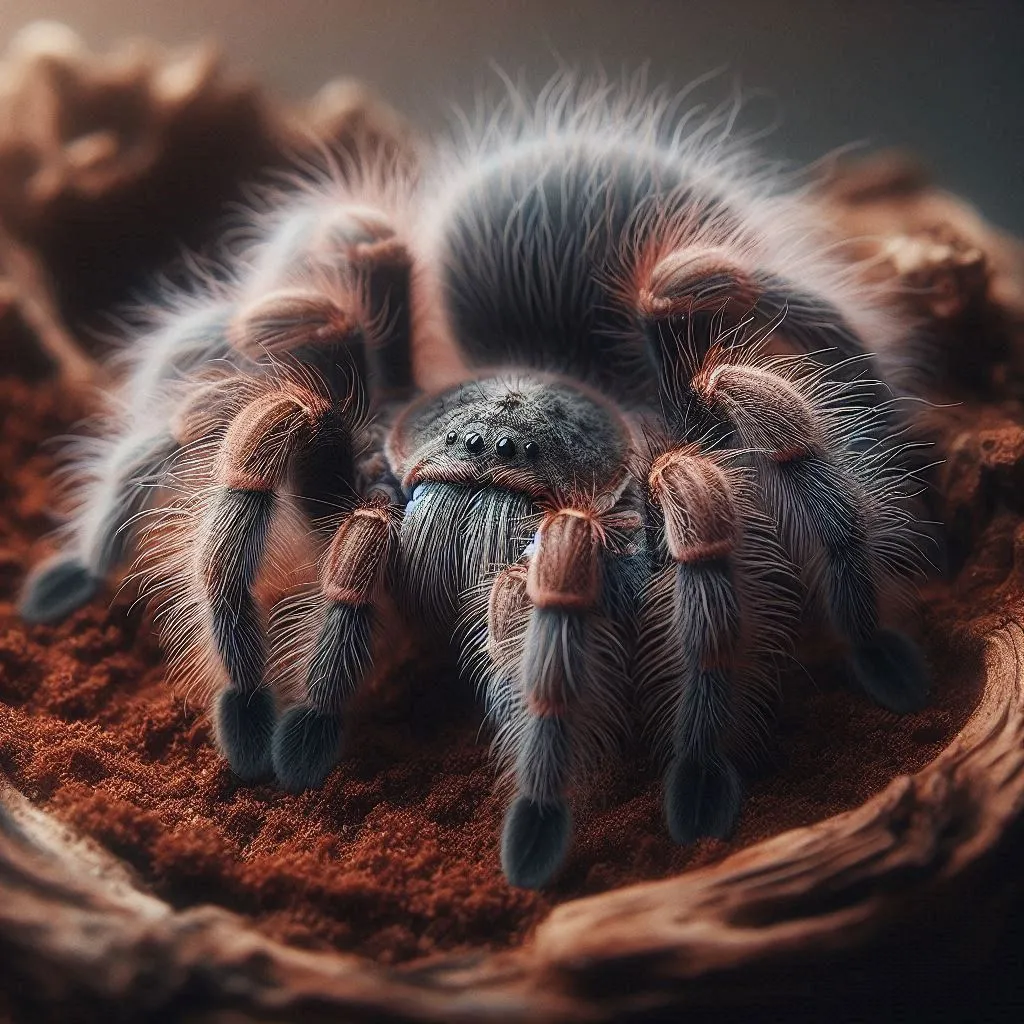
Providing fresh water is crucial for the health of your curly hair tarantula. Dehydration can be fatal for tarantulas, so ensuring access to clean water is paramount. You can offer water in a shallow dish or a bottle cap. The water dish should be small enough to prevent the tarantula from falling in and drowning. Replace the water regularly to prevent bacteria growth. The substrate should be slightly moist but not soaking wet, as this can be an additional water source and help in maintaining adequate humidity. Always use dechlorinated water to prevent any harm to the tarantula.
Providing Fresh Water
Water should be available to the tarantula at all times. Use a shallow dish, such as a bottle cap or a commercial tarantula water dish. Ensure the water dish is accessible, but not so deep that the tarantula could get trapped. Clean the water dish regularly to prevent bacterial growth and contamination. Use fresh, dechlorinated water. The water dish should be placed in a location where the tarantula can easily access it. Providing a constant supply of fresh water is essential for the tarantula’s survival and health. Always check and refill the water dish regularly.
Handling and Safety
Handling a curly hair tarantula is not always recommended, as it can be stressful for the tarantula and potentially dangerous for the handler. Tarantulas can be skittish and may bite if they feel threatened. If you choose to handle your tarantula, do so with caution and only when necessary. Never force a tarantula to be handled. It’s always best to prioritize the tarantula’s well-being and observe its behavior. It’s important to be aware of potential risks and take necessary precautions. Educate yourself about the tarantula’s behavior and body language. If you choose to handle your tarantula, do so in a safe environment.
When to Avoid Handling
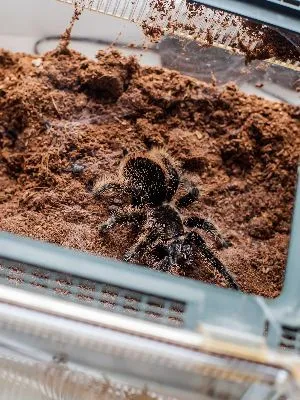
There are several situations when handling your curly hair tarantula should be avoided. Do not handle the tarantula if it appears stressed or agitated. Avoid handling before or after molting, as the tarantula is particularly vulnerable during these periods. Do not handle a tarantula that is gravid (carrying eggs). Also, it is important to avoid handling if the tarantula is displaying defensive behaviors such as raising its front legs or flicking hairs from its abdomen. Never handle a tarantula if you are not sure of its mood or behavior. It is always best to prioritize the tarantula’s safety and well-being.
Recognizing Stress Signals
Recognizing stress signals in your curly hair tarantula is crucial for its well-being. Signs of stress include a defensive posture, such as raising the front legs or showing its fangs. Other indicators are rapid movements, refusing food, or hiding excessively. If your tarantula is flicking hairs from its abdomen, this is another sign of stress and a defense mechanism. Avoid handling if you observe any of these signs. Provide a safe and secure environment. Make sure the enclosure is set up correctly. If the tarantula consistently displays stress signals, examine its environment and make necessary adjustments to reduce stress.
Health and Molting
Understanding the health and molting process of a curly hair tarantula is essential for proper care. Tarantulas molt as they grow, shedding their exoskeleton to reveal a new, larger one. Molting is a natural process, and it’s important to avoid interfering with the tarantula during this vulnerable time. Recognize the signs of a healthy tarantula and be aware of any potential health issues. Provide a stress-free environment and ensure the tarantula has everything it needs to thrive. Proper care during molting is critical. Be patient and observe your tarantula’s behavior during this period.
Signs of a Healthy Tarantula
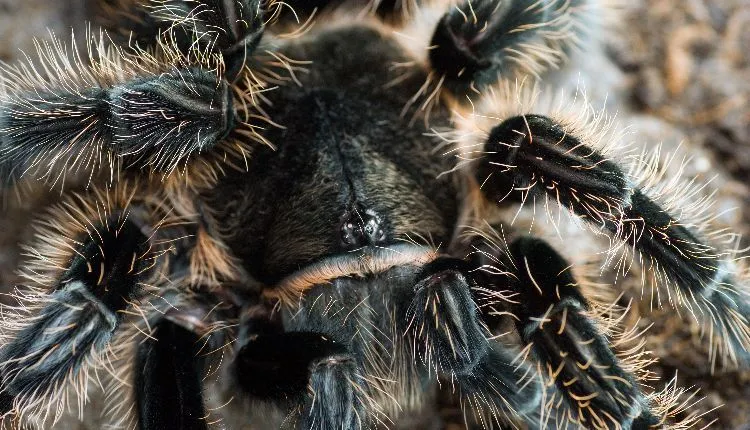
A healthy curly hair tarantula is active and alert. It should move around its enclosure and show interest in its environment. Its abdomen should be plump and not sunken. Look for a healthy appetite and a willingness to eat. A healthy tarantula will also display vibrant colors. It should be responsive to its environment and not constantly hide. A healthy tarantula will molt successfully. If your tarantula is healthy, it will exhibit normal behaviors like webbing and burrowing. Look for these positive signs as a reassurance that you are providing adequate care.
Understanding the Molting Process
Molting is a critical part of the tarantula’s life cycle. The tarantula will stop eating and become less active before molting. It may also lay on its back. During molting, the tarantula sheds its old exoskeleton, revealing a new, larger one. Avoid disturbing the tarantula during the molting process. Provide a humid environment and make sure the tarantula has access to water. After molting, the tarantula’s new exoskeleton will be soft and vulnerable. It will take a few days for the exoskeleton to harden. Do not feed the tarantula until its fangs have hardened. Always have patience with your tarantula during this crucial stage.
Troubleshooting Common Issues
Even with the best care, you may encounter issues with your curly hair tarantula. Common problems include mites, mold, and difficulty molting. If you notice mites, remove the tarantula and thoroughly clean the enclosure. Treat any mold growth immediately by improving ventilation and removing affected substrate. If your tarantula is having difficulty molting, increase the humidity in the enclosure. It is important to address any issues promptly to ensure the tarantula’s health and well-being. Consulting with a veterinarian specializing in exotic animals can provide guidance for more complex issues. Regular monitoring of the tarantula’s environment and behavior is vital.
In conclusion, caring for a curly hair tarantula requires dedication, knowledge, and attention to detail. By providing the right enclosure, proper feeding, and understanding its health needs, you can ensure your pet thrives. Remember to prioritize your tarantula’s well-being, and always observe its behavior. Enjoy the unique experience of owning this fascinating creature.
